Table of Contents
Introduction:
Benefits of 5G over 4G, The transition from 4G to 5G in the realm of mobile communication is a highly significant technological advancement. While 4G networks have been the backbone of our mobile communication systems, the introduction of 5G networks promises to bring about a transformative change in the way we connect, communicate, and interact with the world around us.
In this comprehensive guide, we aim to explore the multitude of benefits that 5G technology has over its predecessor 4G. 5G networks are expected to offer increased speed, reliability, and capacity, enabling us to experience high-quality video streaming, faster downloads, and seamless connectivity. Additionally, the low latency and high bandwidth of 5G networks will facilitate the development and implementation of innovative technologies such as autonomous vehicles, virtual and augmented reality, and the Internet of Things (IoT).
As we delve deeper into the benefits of 5G over 4G, we will explore how this next-generation technology is poised to revolutionize our digital landscape. By enabling faster, more reliable, and more efficient communication, 5G networks will transform the way we live, work, and interact with each other.
List of Benefits of 5G over 4G:
(1) Blazing Fast Speeds:

One of the most compelling advantages of 5G over 4G is its unparalleled speed. With 5G, users can experience blazing-fast download and upload speeds that far surpass those achievable with 4G networks. While 4G networks typically offer download speeds of up to 100 Mbps, 5G has the potential to deliver speeds in the range of multiple gigabits per second (Gbps). This dramatic increase in speed translates to lightning-fast streaming, seamless video calls, and instant downloads, revolutionizing the way we consume and share digital content.
(2) Lower Latency:
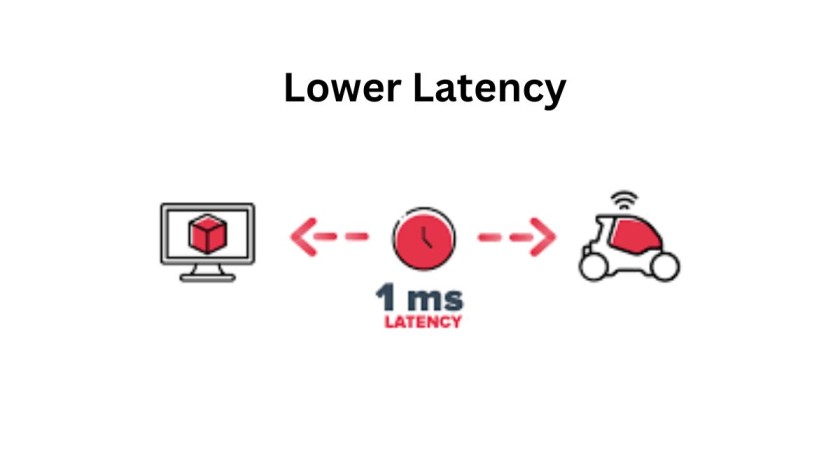
Latency, or the delay between sending and receiving data, is significantly reduced with 5G compared to 4G networks. While 4G networks typically have latency rates in the range of 30 to 50 milliseconds (ms), 5G networks boast latency rates as low as 1 ms or less. This near-instantaneous responsiveness enables real-time communication and interaction, making activities such as online gaming, video conferencing, and remote surgery more fluid and immersive than ever before.
(3) Greater Capacity and Bandwidth:
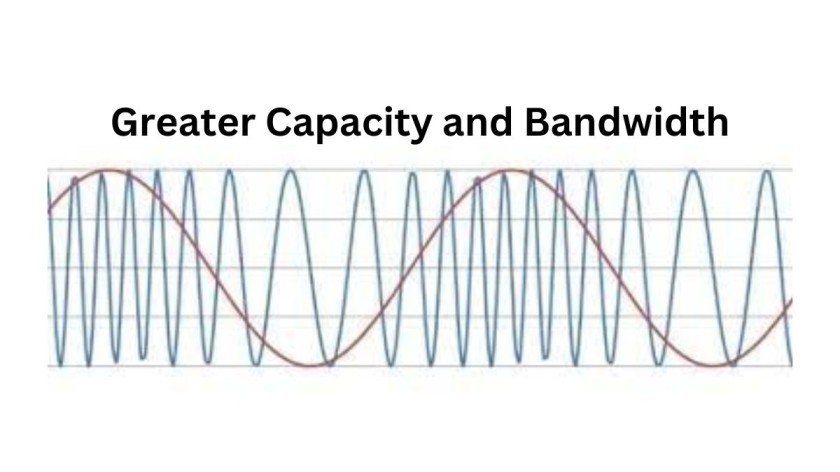
5G networks offer vastly greater capacity and bandwidth compared to their 4G counterparts. This means that 5G networks can support many connected devices simultaneously, without sacrificing performance or speed. As the Internet of Things (IoT) continues to proliferate, 5G’s enhanced capacity and bandwidth will facilitate the seamless connectivity of billions of devices, enabling the widespread adoption of smart cities, autonomous vehicles, and interconnected ecosystems.
(4) Enhanced Connectivity in Dense Areas:
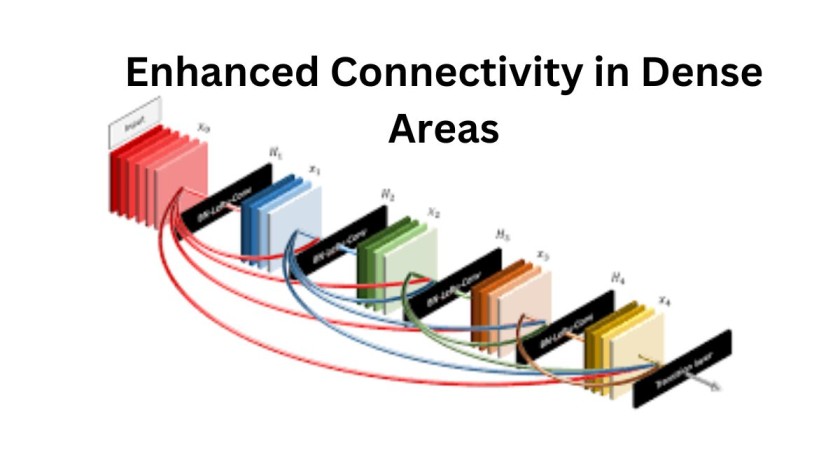
One of the challenges of 4G networks is their limited capacity to handle high traffic volumes in densely populated areas. This often results in congestion, slowdowns, and dropped connections during peak usage periods. With 5G’s advanced technology and higher frequency bands, connectivity in crowded urban areas, stadiums, and event venues is greatly improved. This ensures a consistent and reliable connection even in the most congested environments, empowering users to stay connected wherever they go.
(5) Support for Emerging Technologies:

5G networks are not just faster and more responsive; they also catalyze the adoption of transformative technologies such as augmented reality (AR), virtual reality (VR), and artificial intelligence (AI). The low latency and high bandwidth of 5G networks enable immersive AR/VR experiences, real-time AI applications, and remote robotic surgery with unprecedented precision and reliability. As 5G continues to roll out globally, we can expect to see a proliferation of innovative applications and services that harness the full potential of this groundbreaking technology.
(6) Empowering Industry 4.0:

In the era of Industry 4.0, characterized by automation, data exchange, and smart manufacturing, 5G is pivotal in driving digital transformation across industries. The ultra-fast speeds, low latency, and massive connectivity of 5G networks enable the deployment of advanced technologies such as autonomous robots, IoT sensors, and predictive maintenance systems. This leads to increased efficiency, productivity, and agility in manufacturing, logistics, healthcare, and beyond, paving the way for the factories and cities of the future.
(7) Potential for Rural Connectivity:
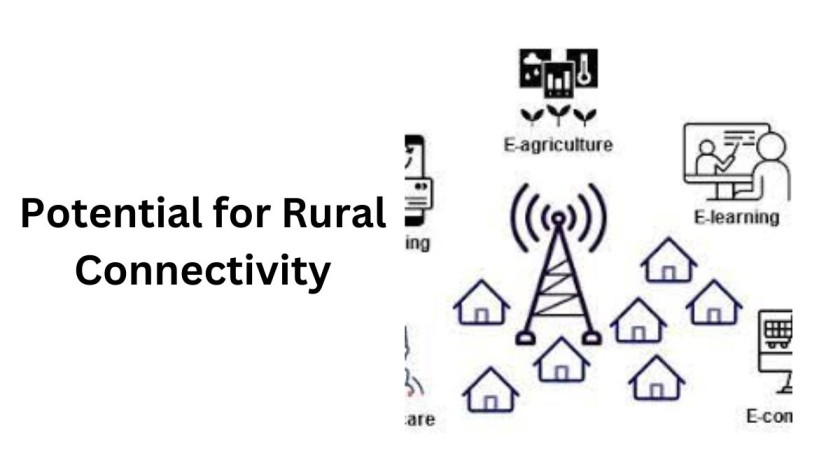
While 4G networks have traditionally struggled to provide reliable coverage in rural and remote areas, 5G can bridge the digital divide and bring high-speed internet access to underserved communities. With its ability to transmit data over longer distances and penetrate obstacles more effectively, 5G holds promise for extending connectivity to rural areas, enabling residents to access educational resources, telemedicine services, and economic opportunities previously out of reach.
Conclusion:
The benefits of 5G over 4G are clear and compelling. From blazing fast speeds and lower latency to greater capacity and support for emerging technologies, 5G represents a quantum leap in mobile communication technology. As 5G networks continue to roll out globally, we can expect to see a wave of innovation and transformation across industries, driving the next wave of digital progress and shaping the future of connectivity. With its unprecedented speed, responsiveness, and scalability, 5G is poised to revolutionize the way we live, work, and interact with the world around us.

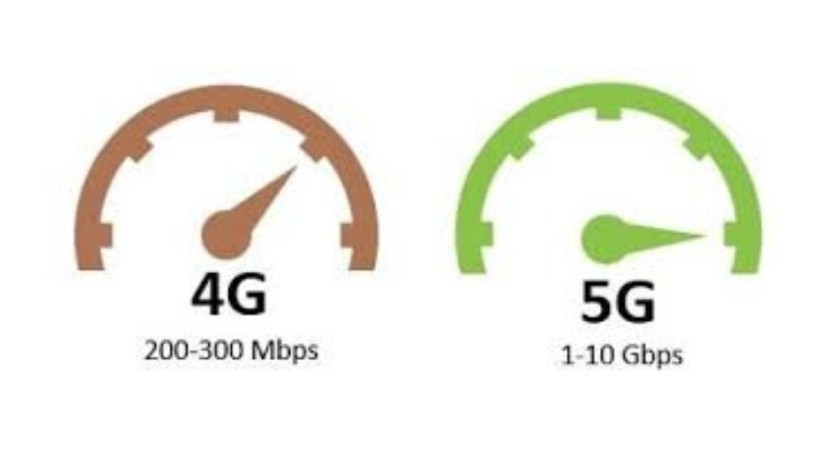
1 thought on “Benefits of 5G over 4G”